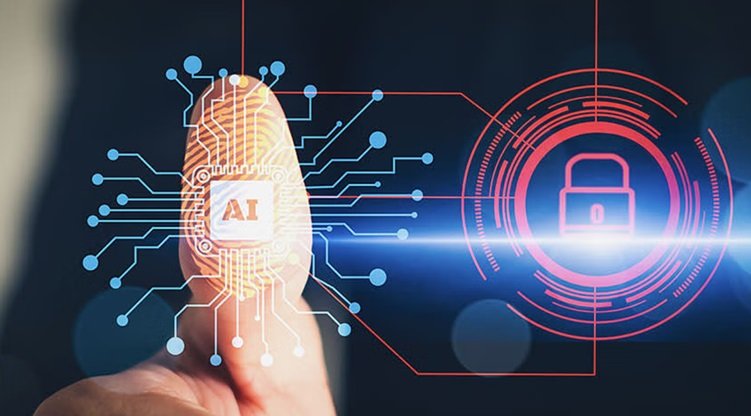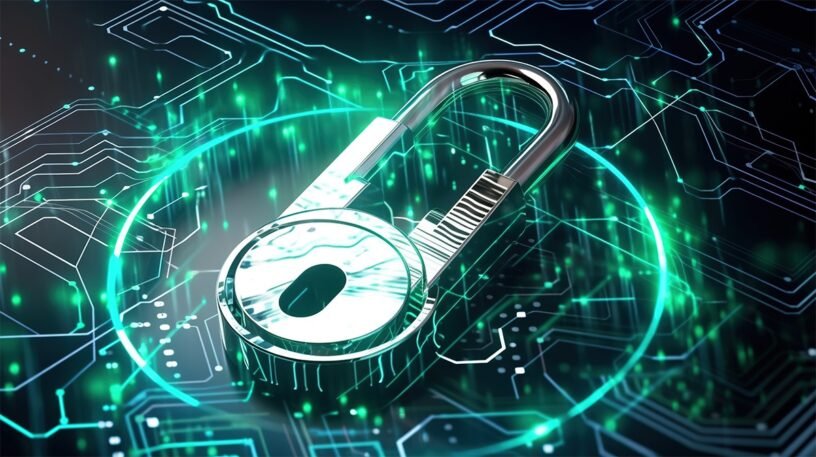Table of Contents
Introduction – AI and Cybersecurity
The mutually beneficial relationship between cybersecurity and artificial intelligence (AI) has become more and more important in the quickly changing technology landscape. The use of AI by organizations to improve their capabilities and operations raises the possibility of both innovation and security risks. The opportunities and difficulties that result from the nexus of cybersecurity and artificial intelligence are examined in this article.
Opportunities:
- Advanced Threat Detection: AI excels at analyzing massive datasets and identifying patterns that may go unnoticed by traditional cybersecurity systems. Machine learning algorithms can continuously learn from new data, enabling them to detect emerging threats and vulnerabilities in real-time.
- Behavioral Analysis: AI enables the creation of advanced behavioral analysis tools that can identify anomalous activities by establishing baseline behavior for systems and users. This proactive approach allows organizations to spot potential threats before they escalate.
- Automation in Incident Response: AI streamlines incident response by automating routine tasks, allowing cybersecurity professionals to focus on more complex issues. Automated systems can rapidly analyze and respond to security incidents, reducing response times and mitigating potential damage.
- Predictive Analytics: AI’s predictive capabilities enable organizations to anticipate potential cyber threats based on historical data and emerging trends. This foresight empowers cybersecurity teams to implement preemptive measures, strengthening overall resilience.

Challenges:
- Adversarial AI: As AI technologies advance, so do the capabilities of malicious actors. Adversarial AI involves attackers exploiting vulnerabilities in AI systems, tricking them into making incorrect decisions or providing false results. This challenges the reliability of AI-driven cybersecurity solutions.
- Data Privacy Concerns: AI systems rely heavily on vast amounts of data for training and analysis. Ensuring the privacy and security of sensitive information is crucial. Organizations must navigate the delicate balance between leveraging data for AI improvements and protecting user privacy.
- AI Bias and Fairness: AI models can inadvertently perpetuate biases present in training data, leading to discriminatory outcomes. In the context of cybersecurity, biased algorithms may overlook certain threats or unfairly target specific individuals or groups, posing ethical challenges.
- Skills Gap: The integration of AI into cybersecurity requires a skilled workforce capable of developing, implementing, and managing these technologies. Bridging the skills gap is essential to fully harness the potential of AI in cybersecurity and stay ahead of evolving threats.
Conclusion – AI and Cybersecurity
To Put It Briefly, Organizations have never before had the chance to strengthen their defenses and respond to cyber threats more skillfully thanks to the integration of AI into cybersecurity. But along with these developments come difficulties that call for cautious thought and mitigating measures. Ensuring a strong and resilient digital future requires us to navigate the complex terrain of AI-driven cybersecurity while maintaining a balance between innovation and security.




3 Pingbacks